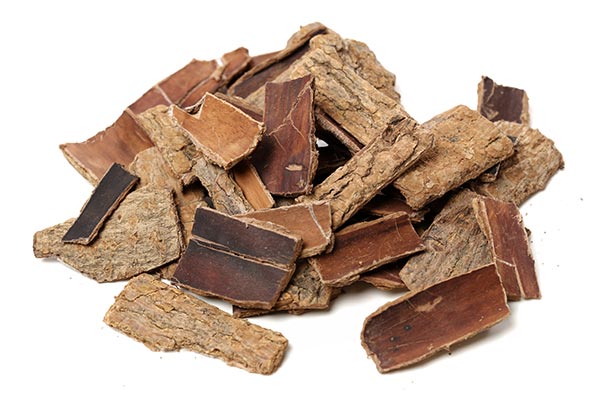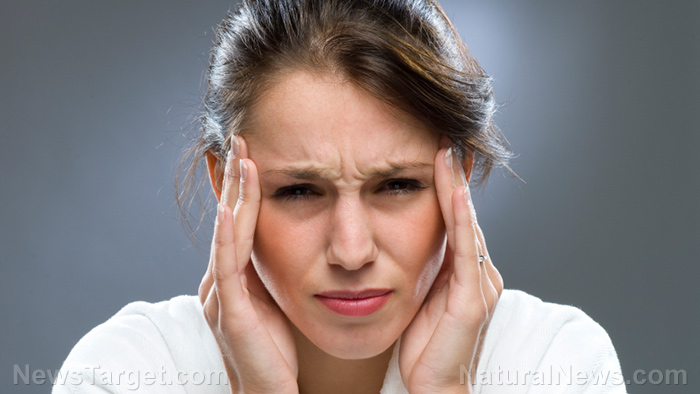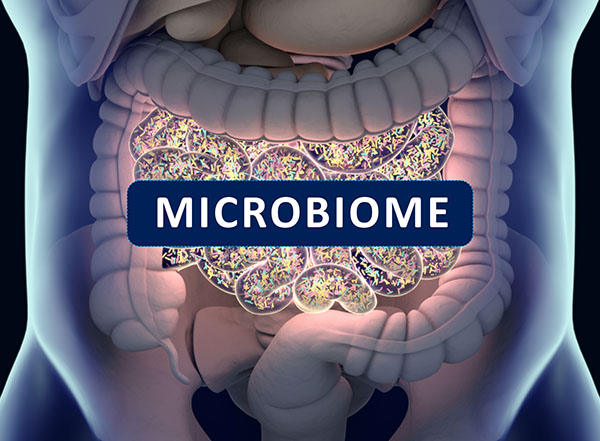
The earliest study involving the hardy rubber tree reported that it has the ability to lower blood pressure. Since then, scientists have developed an interest in this medicinal plant and conducted multiple clinical trials and studies on the hardy rubber tree.
In a recent study, Chinese researchers summarized findings on the main active compounds, biological functions and pharmacological effects of different parts of the hardy rubber tree. Their goal was to provide a basis for more pharmacological research and, most importantly, the comprehensive development and utilization of the hardy rubber tree's active components.
Their review was published in the journal Food Science and Human Wellness.
The beneficial properties and phytochemical composition of the hardy rubber tree
According to the researchers, the hardy rubber tree is widely cultivated in China and is considered a valuable tonic Chinese medicine. It has a long history of medicinal use, as well as significant economic value and comprehensive development potential.
However, at present, the overall utilization rate of this plant is still very low, and only its bark is used for medicine. On the other hand, the leaves of the hardy rubber tree have found use as ingredients in Japanese food products in recent years.
The researchers conducted their review to improve the comprehensive utilization efficiency of the hardy rubber tree. Their findings suggest that its other parts can be used as a replacement for its bark to some extent, aside from their respective applications.
According to recent analyses of the hardy rubber tree's phytochemical composition, as many as 132 compounds can be isolated from its bark, leaves, flowers and seeds.
Chemical characterization of these compounds has enabled their classification into iridoids, phenols, flavonoids, lignans, sterols, terpenoids, gutta-percha, polysaccharides, amino acids, unsaturated fatty acids and mineral elements. Most of these compounds exhibit activities in vitro and in vivo that can greatly benefit human health.
Besides a wide array of active components, the hardy rubber tree also has plenty of health-promoting properties, such as antihypertensive, hypolipidemic, antidiabetic, antioxidant, anti-inflammatory, neuroprotective, osteoprotective and hepatoprotective activities.
The unique and extensive physiological functions of different parts of the hardy rubber tree indicate a huge potential for development into natural medicines.
The researchers believe that exploring the many applications of the hardy rubber tree is an effective way of protecting this medicinal plant and improving its utilization rate.
Other health benefits of the hardy rubber tree
In traditional Chinese medicine (TCM), the bark of the hardy rubber tree is used to increase vitality and promote longevity. It also supports the endocrine system, improves kidney health and strengthens bones and muscles. Because of its reported medicinal uses and abundance in phytonutrients, the hardy rubber tree has been studied extensively for its potential to treat or prevent a wide variety of diseases. Here are the benefits associated with this age-old remedy.
- Helps with blood pressure management
- Prevents hypertension-related cardiac remodeling
- Helps relieve osteoarthritis
- Reduces insulin resistance
- Helps fight obesity
- Prevents diabetic complications
- Reverses diabetes-induced erectile dysfunction
The bark of the hardy rubber tree is a TCM herb that has been widely used for centuries and is now extensively studied. Due to the abundance of evidence supporting its health benefits, extracts from the hardy rubber tree can now be found in many herbal supplements. The herb is also used to make herbal tea preparations. (Related: TCM herb Eucommia does more for men and women than relieve backaches.)
However, due to its abundance in bioactive components, supplements containing extracts from the hardy rubber tree may interact unfavorably with modern medications. For your safety, consult a licensed natural health practitioner before taking herbal supplements.
Sources include:
Please contact us for more information.























